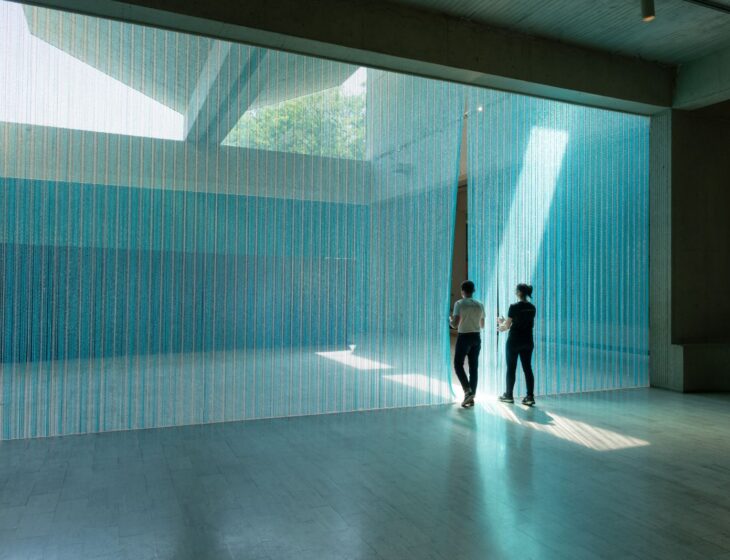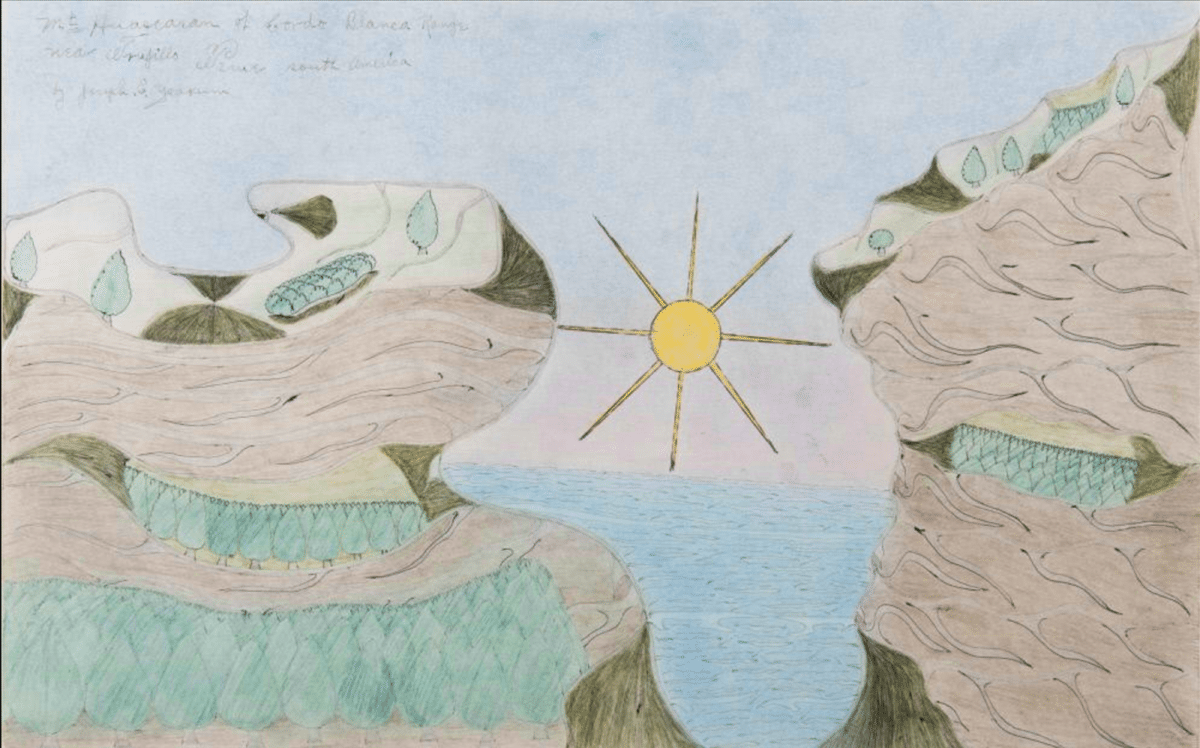Past Exhibition
Lea Grundig’s Anti-Fascist Art
This exhibition features remarkable prints and one drawing by German artist Lea Grundig (1906 – 1977), who was virtually the only artist, between 1933 and 1938, who dared disseminate a substantial body of anti-Nazi art while still living in Hitler’s Germany.

Born in Dresden and raised as an Orthodox Jew, Grundig rejected her orthodox roots when she began her education at the Dresden Academy of Fine Arts. There she met and fell in love with her husband Hans Grundig, a militant Communist. The two artists became members of the German Association of Revolutionary Artists, a group that regarded art as their weapon in the class struggle and, later, against the Nazis who preached virulent hatred of Jews and Marxists. Following Hitler’s 1933 election as Chancellor of Germany, Grundig courted her own death by acquiring a small etching press and pulling editions that never exceeded five impressions, ultimately, circulating hundreds of drypoints that broadcast the truth about Nazi Germany. Grundig managed to survive the war, after two arrests, by escaping Palestine.
This exhibition will feature Grundig’s works from the 1930’s, and will be accompanied by works in the Art Center’s collections by artists such as Ernst Barlach, Otto Dix, Käthe Kollwitz, and others, who inspired her when she began studying art in the 1920s.
Lea Grundig’s Anti-Fascist Art is organized by Director of Curatorial Affairs / Senior Curator Alison Ferris.

